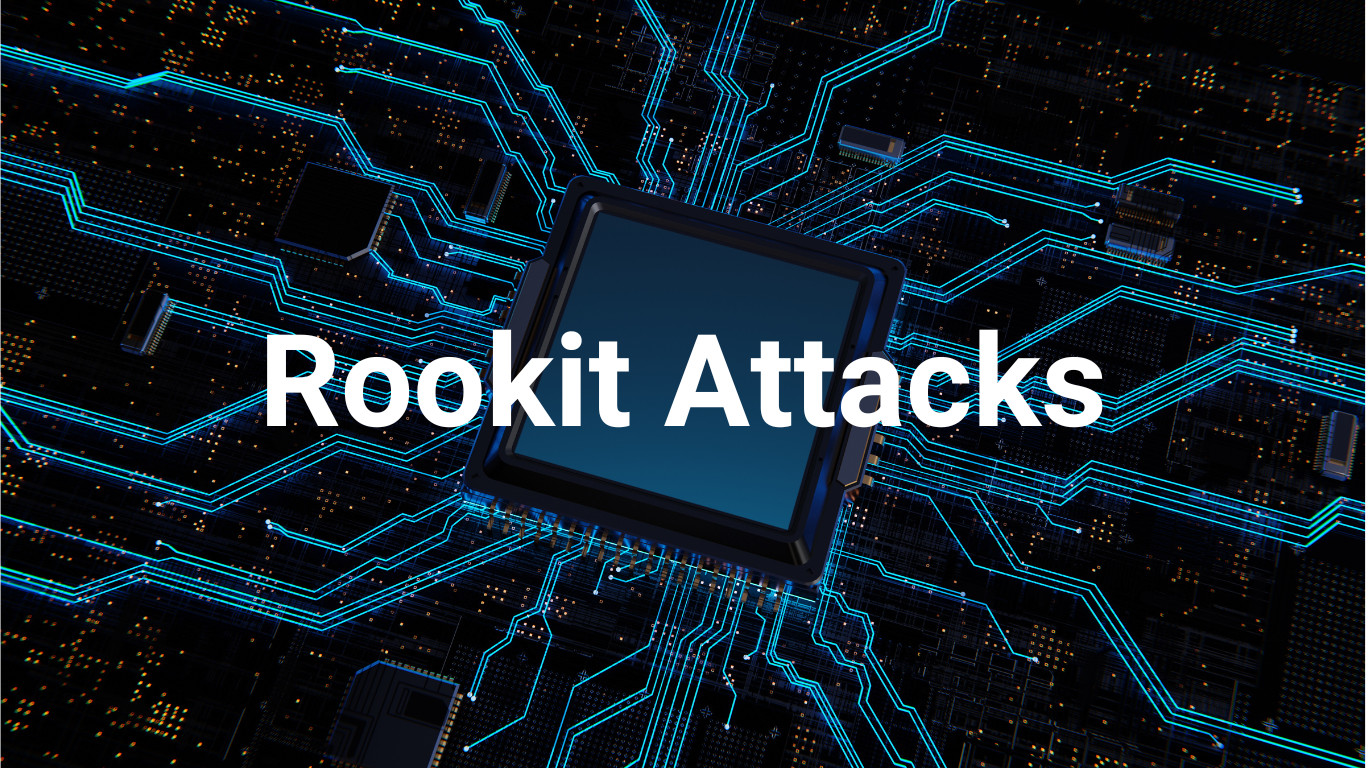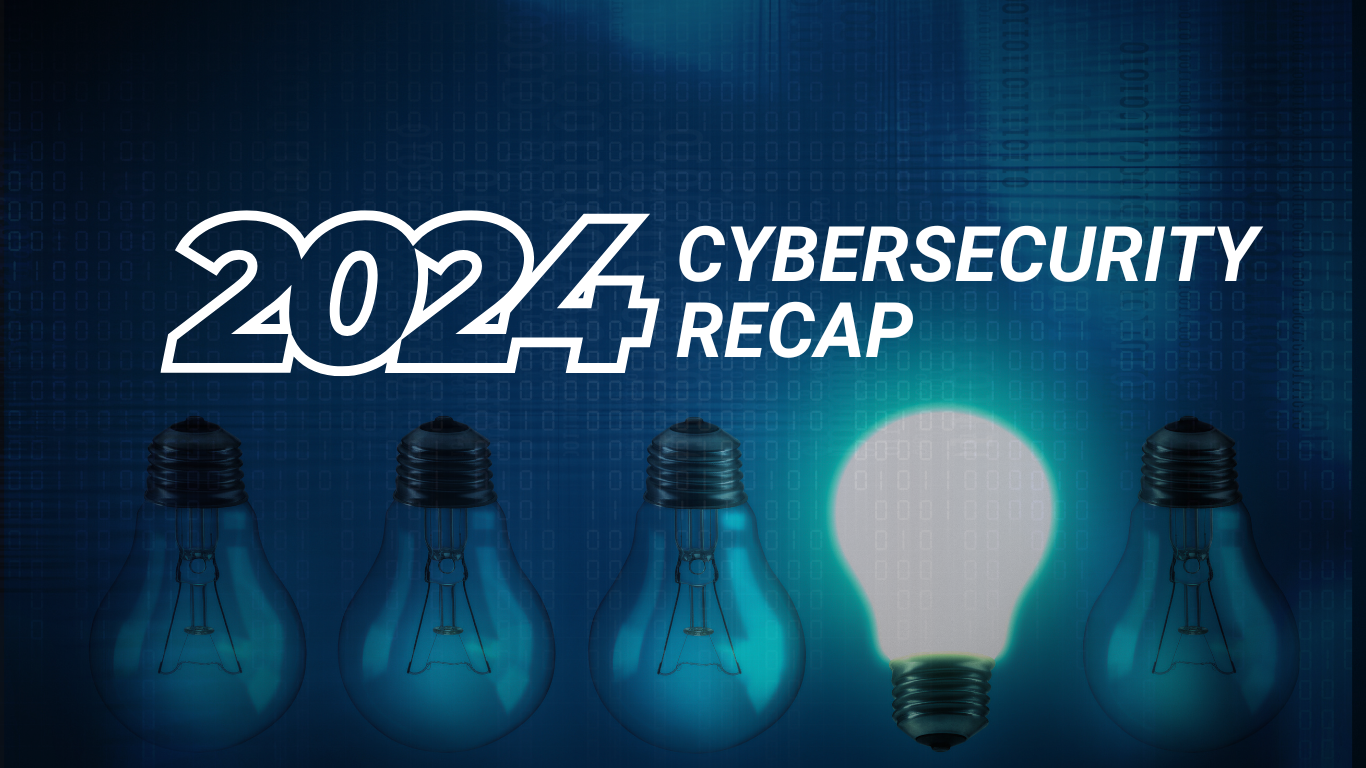What is a Rootkit & How Can Businesses Mitigate Rootkit Attacks?
Rootkit Definition

Rootkit is commonly used in Advanced Persistent Threat (APT) attacks due to its ability to cause significant damage by stealing private information, monitoring network activity and attacking other networks or systems once it has penetrated a system. Furthermore, APT attackers utilize rootkit to avoid system detection in order to achieve long-term access and persistence within the system, thereby enabling them to perform prolonged destructive operations.
The ability to evade detection is one of the most crucial aspects of a rootkit. This is accomplished via modifying system files, including the kernel and system libraries, to intercept and manipulate system calls and obfuscate the rootkit’s presence from anti-malware software. Thus, as a malware that is difficult to detect and remove, the existence of a rootkit is undoubtedly a major threat to system security.
Rootkit Hacking Methods

Hooking: Rootkits utilize the hooking technique to intercept and manipulate system calls. A rootkit can evade detection by anti-malware software by modifying system calls, thereby enabling attackers to undertake destructive actions surreptitiously.
Direct Kernel Object Manipulation: Access Control Lists (ACLs) are security measures that can be circumvented to gain unauthorized access to sensitive data or system resources that should be protected. The usage of direct kernel objects allows a rootkit to change the kernel structure and get access to system resources.
Virtualization: Creating a virtual environment within the infected system hides the rootkit and its operations from anti-malware detection.
Firmware-Level Rootkits: Rootkits attack a system’s firmware, gaining access beyond traditional anti-malware software. This complicated type of rootkit targets the UEFI or BIOS and is extremely difficult to detect and remove.
Memory-Based Rootkits: Memory-based rootkits pose a significant threat. Unlike other types of malware, this type of malware only functions in a system’s memory, leaving no trace on the hard drive. It can even withstand a system reboot, making it difficult to identify and delete.
Detecting Rootkits

Blue screen: Frequent and numerous Windows error messages or a blue screen of death can be a sign of a rootkit.
Unusual web browser behavior: This includes unrecognizable bookmarks or link redirects, etc.
Reduced device performance: If you notice that your system is slowing down or freezing frequently, or that your mouse or keyboard is unresponsive, this is also a sign of a rootkit.
Unauthorized changes to system settings: You have not made any content changes to your system, but you have noticed some changes to system settings, such as incorrect date and time, screen images, etc.
Prevent Rootkit attacks
As mentioned above, the difficulty of detecting a rootkit is one of its main characteristics, so it’s important to know how to avoid being attacked by this type of malware and thus reduce the damage caused by an attack. Here are some ways to strengthen your own network security and avoid rootkit attacks:
Install and utilize anti-malware software: Regular system scans using anti-malware software can detect and remove malware, including rootkits, before a machine or network is compromised. Rootkits usually elude detection by anti-malware software, thus additional security measures are required to protect the system.
Download from reliable sources: It is imperative to ensure the security of the software by downloading it from trusted and legitimate sources, such as app shops or official software websites. This will help to reduce the potential risk of rootkit attacks.
Maintain Regular software updates: Software publishers will no longer support outdated or out-of-date software and continuing to use such software will significantly increase the risk of a system being infected and attacked by a rootkit. It is therefore advisable to update your system software on a regular basis in order to address any security vulnerabilities and ensure that you benefit from the latest security patches and fixes.
Enhance system security: In addition to the use of robust passwords and dual authentication, organisations can further enhance system security by limiting access to different users. This reduces the potential attack vectors available to an attacker, thus helping to avoid rootkit attacks.
Sustain regular system audits: While rootkits are challenging to detect, it is essential to maintain regular system audits to identify any unusual network activity or illicit modifications to system settings. Regular checks allow organisations to detect and respond to rootkit infections promptly, significantly reducing the impact of an attack.
In addition to the above approaches, Nova MDR provides 24/7 comprehensive security solutions to help enterprises, especially SMEs, reduce their vulnerability to intrusions and attacks from malware like Rootkit. Our services include customized model-based GPTs and faster detection and response from security experts for high detection accuracy, enhanced detection and zero-day attack discovery.






